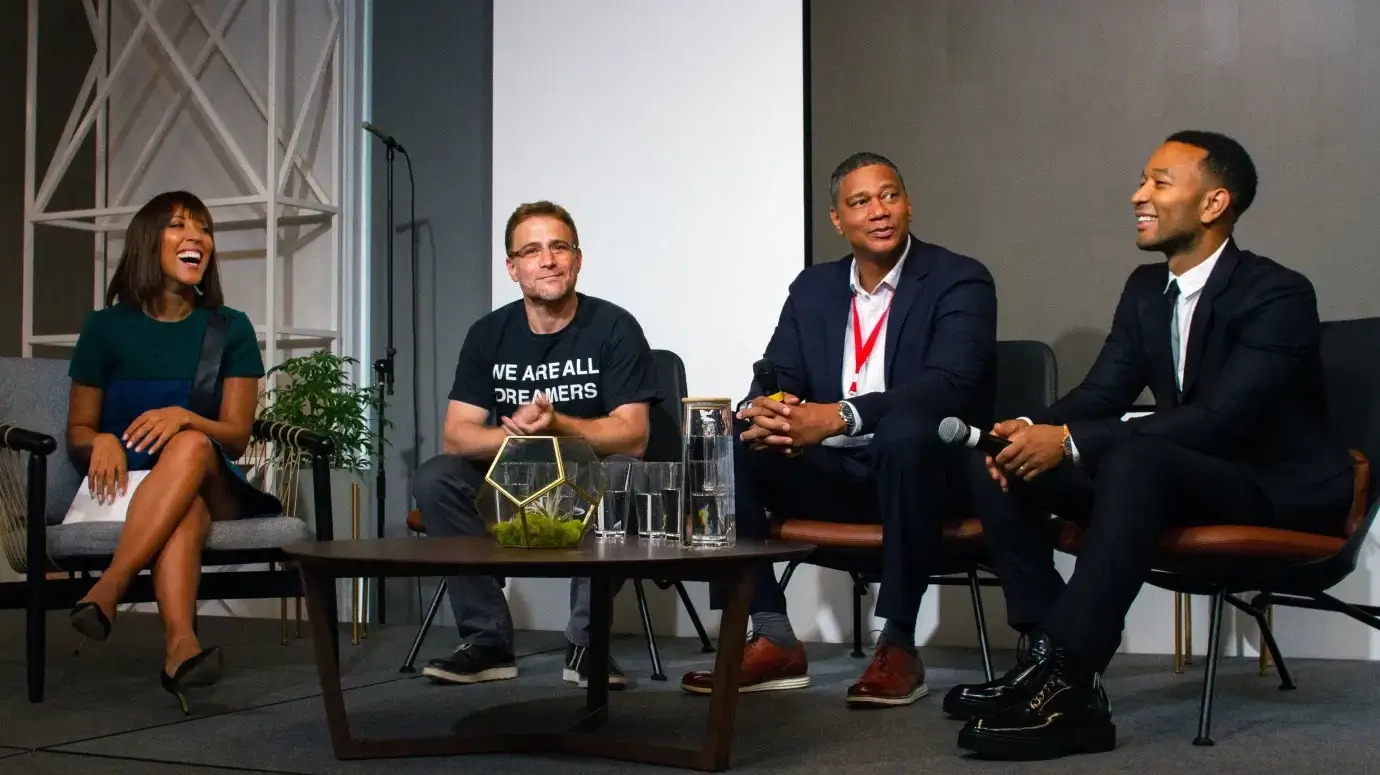Great compensation alone no longer tops the list of must-haves for job seekers. So what is driving competitive talent your way? Today, it’s all about how candidates perceive your company’s culture, aka your employer brand – and whether or not they can visualize themselves being part of it.
In fact, with 25% of candidates willing to accept a pay cut to work for a company with an engaging employee experience, it’s becoming increasingly evident that the employer brand is just as important as the consumer brand. All things considered, focusing on your brand is undoubtedly good for business: organizations that invest in their employer brand are three times more likely to hire quality candidates.
In a world where your reputation as an employer can be discovered in just a few clicks, leveling up is mission-critical. Here are six proven strategies to help you do just that.
1. Audit, Both Inside and Out
It’s one thing to create a flashy careers page – it’s another to live out those promises. To foster a healthy company culture full of happy employees, start by listening.
Commit to asking your team for honest feedback through regular employee pulse surveys so you can measure and track how they feel about their work experience. Then – and most importantly – let the feedback inform your business strategy.
Don’t stop there. Take an external look at your employer brand by “listening” to what people are saying about your company across social media platforms and job review sites. Gathering this data will help you not only identify your strengths and play to them in the future, but also identify your weaknesses and prioritize next steps for mitigating them.
2. Employer Brand Starts With Employee Value Proposition
Next, get clear on why competitive talent would want to work for you. What do you offer in exchange for their valuable time and skills?
Today’s candidates want to work for a place that not only shares their values, but also provides a sense of belonging. Use the data gathered during your audit to write compelling job descriptions that make it clear why a talented individual should join your team.
To further reel in star candidates, ensure that these same value propositions are intelligently conveyed in the hiring process, leaving no doubt in the minds of candidates that your company is the place for them.
3. Demonstrate a Commitment To DEI
It’s not enough to show off your diversity, equity, and inclusion (DEI) efforts after a candidate is hired; 85% of job seekers want to know where employers stand on DEI before making a final decision about a job.
A great place to start? Your careers page. If DEI is truly a clear focus for your organization, demonstrate it by including images of people from diverse backgrounds, inclusive language, and employee testimonials that speak to your efforts.
Committing to DEI is one of the most consequential factors in creating a workplace where employees feel comfortable to be their authentic selves. But practicing DEI is a continuous journey. Make a habit out of regularly evaluating your DEI efforts and identifying areas needing improvement.
4. Broadcast Growth Opportunities
Employees want and need a challenge — especially high performers. In fact, 33% of employees cite boredom as the main reason for leaving a job (Korn Ferry’s Breaking Boredom survey).
So if growth isn’t part of your employer brand, it needs to be. Employees who are offered growth and development opportunities learn new skills, making them more valuable and more engaged.
Don’t forget to emphasize these opportunities everywhere you talk about open roles: on your careers page, in job descriptions, and on social media. Showing that you invest in the well-being of your employees will quickly capture a job candidate’s attention.
5. Give Current Team Members a Voice
One of the most significant assets that will reinforce your employer brand is sitting right in front of you: your employees. In fact, candidates trust what current employees say about working for a company three times more than they trust the employer.
To leverage your team, ask them to leave reviews on job sites, request testimonials to share on your website or social media, or record videos of employee stories you can use in recruiting activities.
Your employees’ stories will breathe personality into your employer brand, showcasing real-life examples of people who love being part of your team. Take it from Microsoft, a company that took this idea to another level by creating a Twitter profile, @MicrosoftLife, which is exclusively centered around their company culture and the lives of their employees.
6. Remember: The Candidate Relationship Is Your Employer Brand
Amidst auditing and improving your employer brand, never lose sight of the connection built between candidates and your organization during the interview process – because at the end of the day, the candidate relationship is your employer brand. How you treat and interact with candidates in their hiring journey directly reflects the type of employer you are. To position yourself as a great place to work, ensure that candidates feel respected.
Here’s where your tech stack comes in: implementing features that allow candidates to self-schedule their interviews for a time that works best for them, and leveraging automation for a quick and easy recruitment process, sends a message to candidates that their time is valued.
Don’t let a negative candidate relationship weigh down your employer brand. Give candidates a seamless experience by leveling up your tech stack today.


